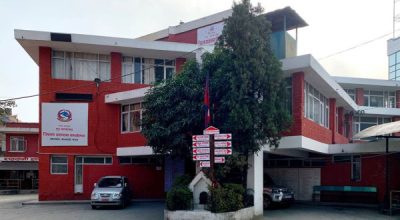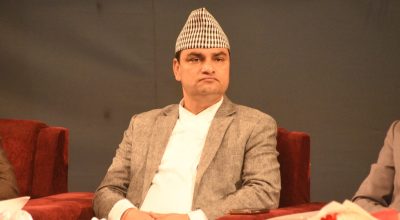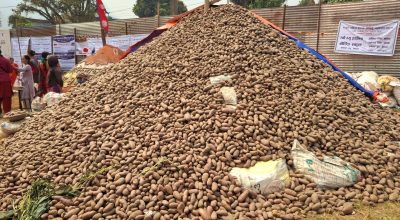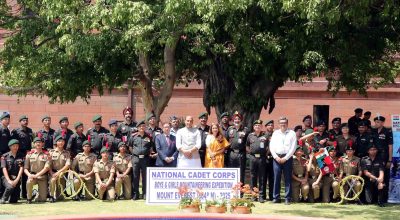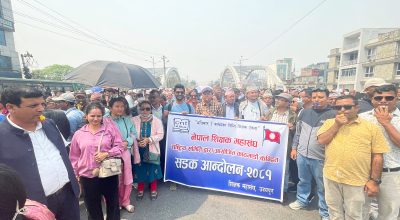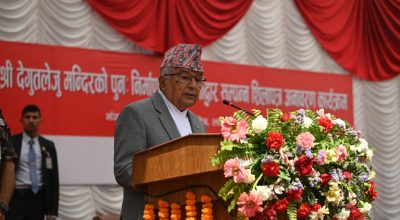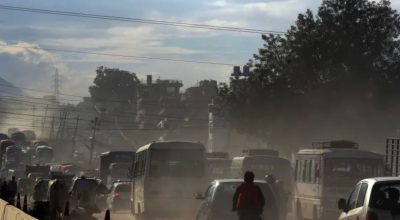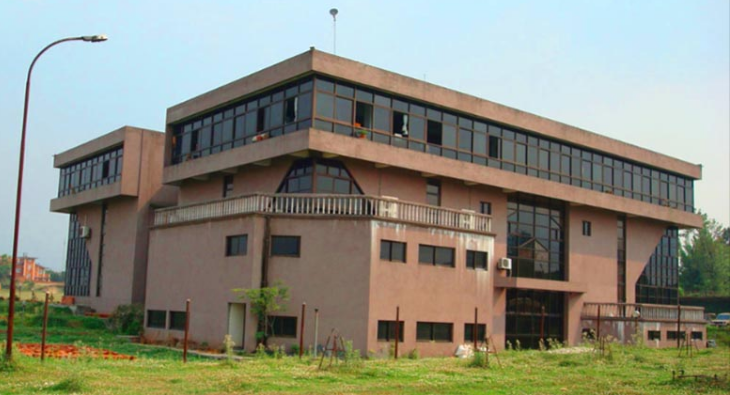
Kathmandu: Nepal Academy of Science and Technology (NAST) has submitted its report on the environmental impact assessment at the Sisdole Landfill Site to the Kathmandu Metropolis.
The report states Sisdole in Nuwakot has been serving as the site for the disposal of waste collected from 19 local levels in the Kathmandu Valley since the past 13 years.
The report identifies 10 places around the Sisdole most affected, 10 as affected as four the less affected due to the landfill site.
According to the assessment, Tallo Siundini ( Taletar, the upper part of landfill site), Soti Baluwa, Mangol Tole 1 and 2, and Panchmuri Tole which are parts of the Kakani rural municipality in Nuwakot are the most affected areas.
Similarly, Sinkhada Village, Tilkhoriya and Kolpu Khola 1 and 2 in Dhunibesi municipality of Dhading and Khilbuta of Tarakeshwor municipality, Kathmandu remain in the list of most-hit areas.
Similarly, eight sites in Kakani and two in Dhunibesi have been found as the affected places. They are Bhandar Thumka, Dhoka Bhanjyang, Chhauthi A and B, Kagati Gaun, Shibalaya Secondary School and Tallo Siundini 1 and 2 under the Kakani rural municipality and Pathak Gaunm and Digaun under the Dhunibesi municipality.
Kagati Gaun (Village) Health Post and Siundini Tanki Danda follow the list of less affected sites which also includes Swana Gaun and Katunje Gaun in Dhunibesi.
The report was handed to Metropolis Mayor Bidya Sundar Shakya by NAST senior scientist officer Dr Bhojraj Panta.
Dr Panta said factors like odour unit of the site, the surface and ground water, leach emission and management and the effects on animals and birds as well as human settlement due to the management of waste in the soil have been considered in course of the study.
“The areas have been determined as highly affected, affected and less affected on the basis of the lab test of the samples collected from the site, the local condition and the opinion of the locals,” Dr Panta said. The study was conducted from mid-September to mid-November.
The study incorporated topics like the status of the surface and ground water, leach and its impact on the land and water, the impact of odour around the landfill site, the condition of gas emanating from the landfill site, the status of the soluble dust particulate matter originating from the site and the impact these have on the environment and local living.
The sample of leach from one place and the sample of ground water from one place in Kolpukhola and surface water from four places were collected. Similarly, sample of soil from three locations at the landfill site, of gas from two locations at Sisdol and of soluble dust particulate matter from one location from each Ward No 1 and 2 of Kakani rural municipality was collected. Likewise, the odour was measured at 24 locations.
A six-member committee was formed under the convenorship of NAST secretary Dr Mahesh Kumar Adhikari for the study. NAST senior scientist officer Dr Panta is the member-secretary of the committee while the members include NAST scientists Dr Deepashree Rawal and Jayashree Sijapati, environmental engineer Surya Man Shakya and KMC engineer Sarkardeep Shrestha.
—







